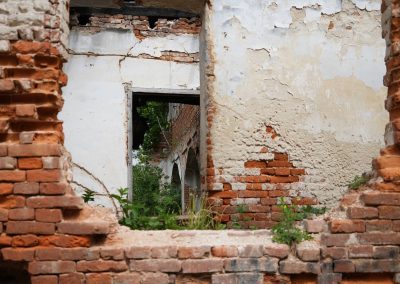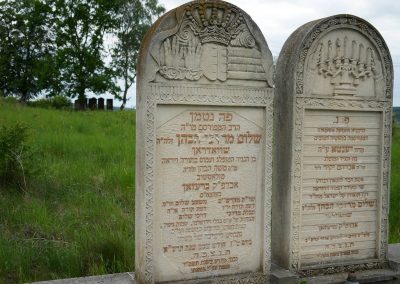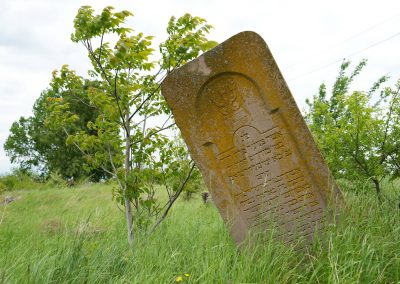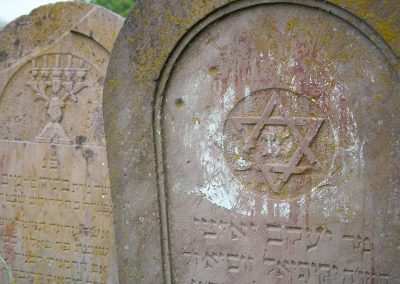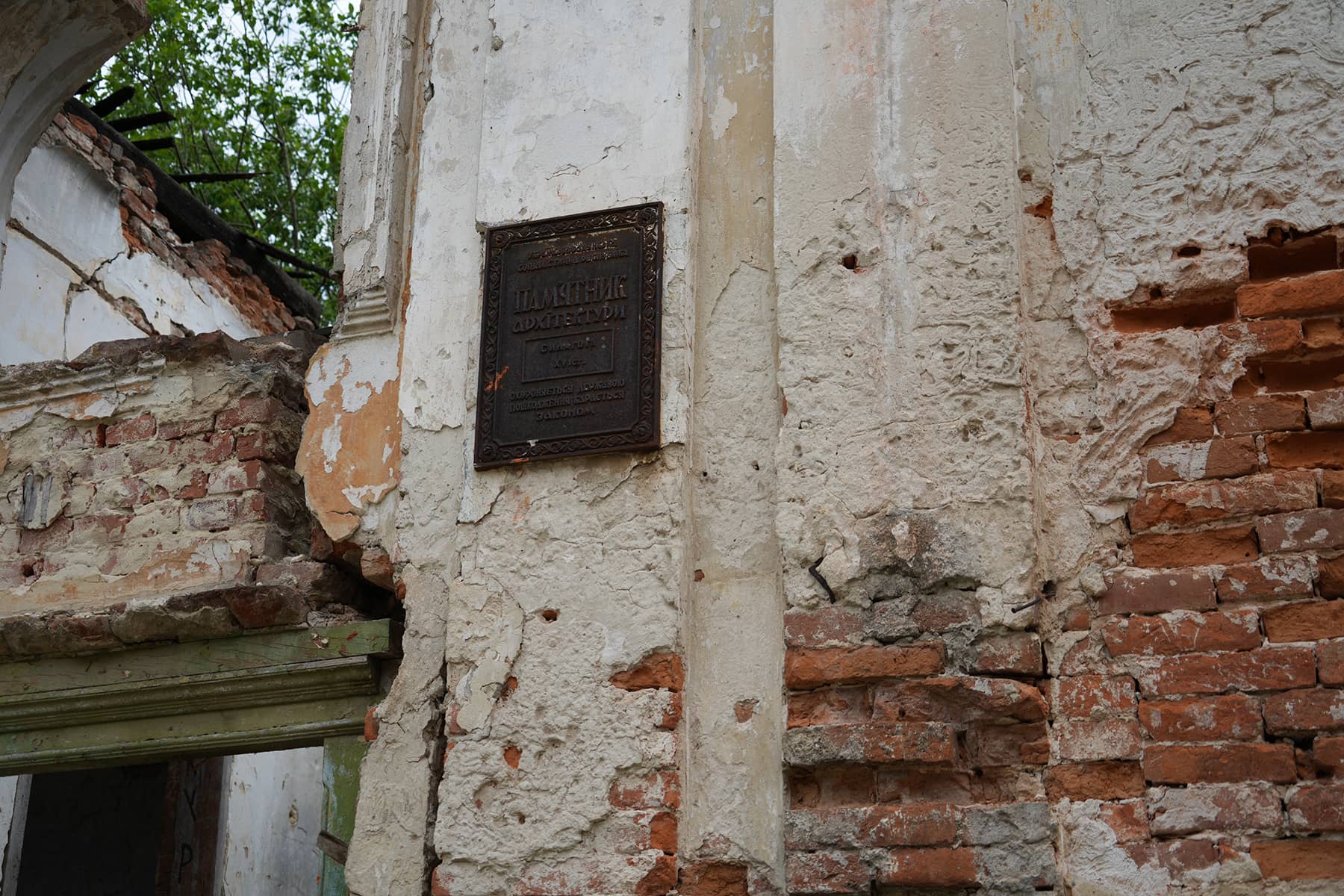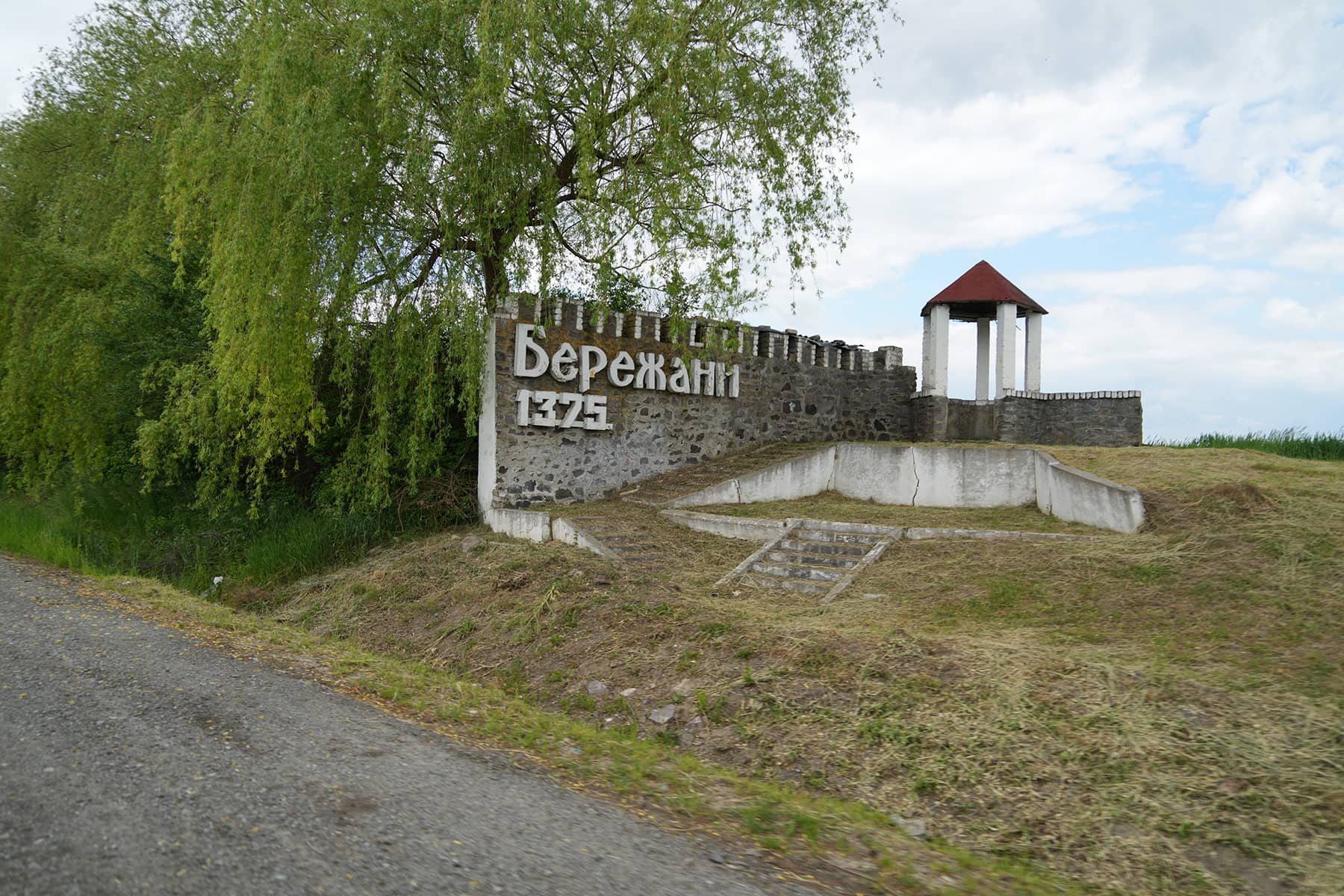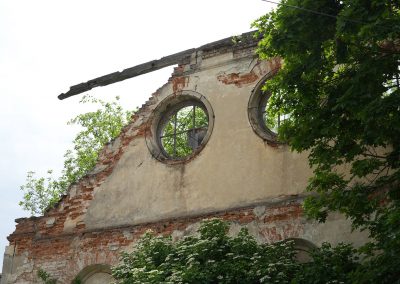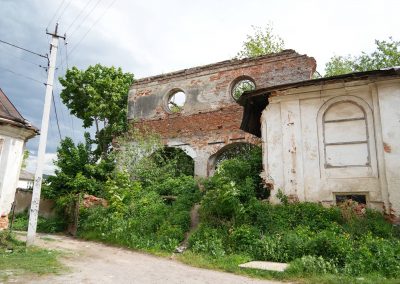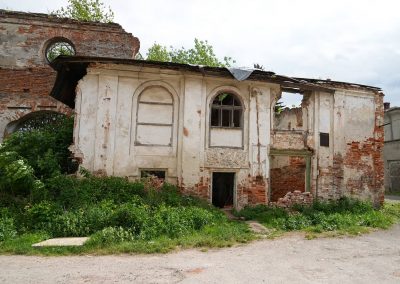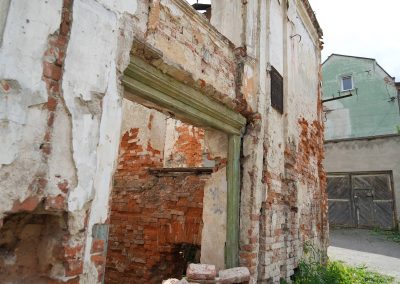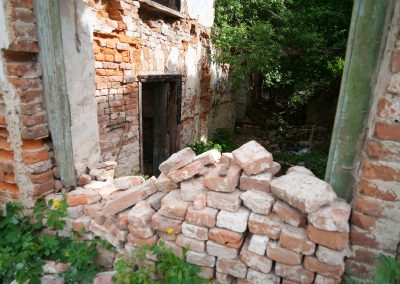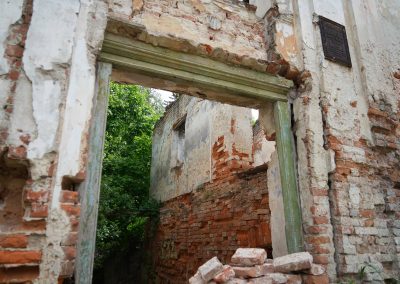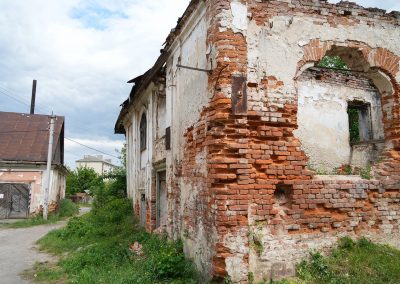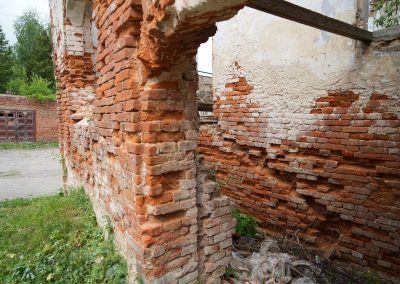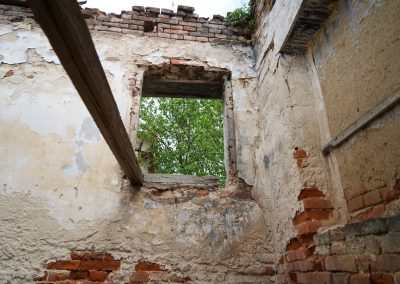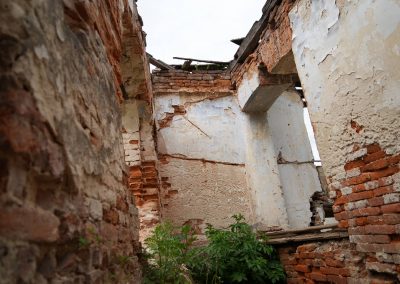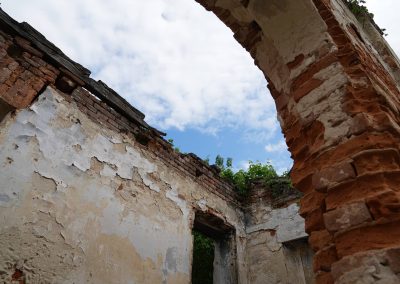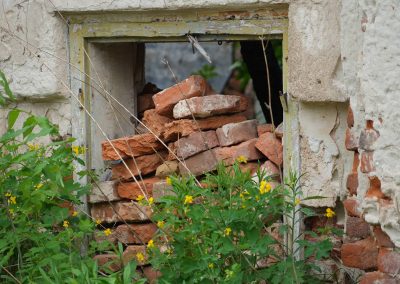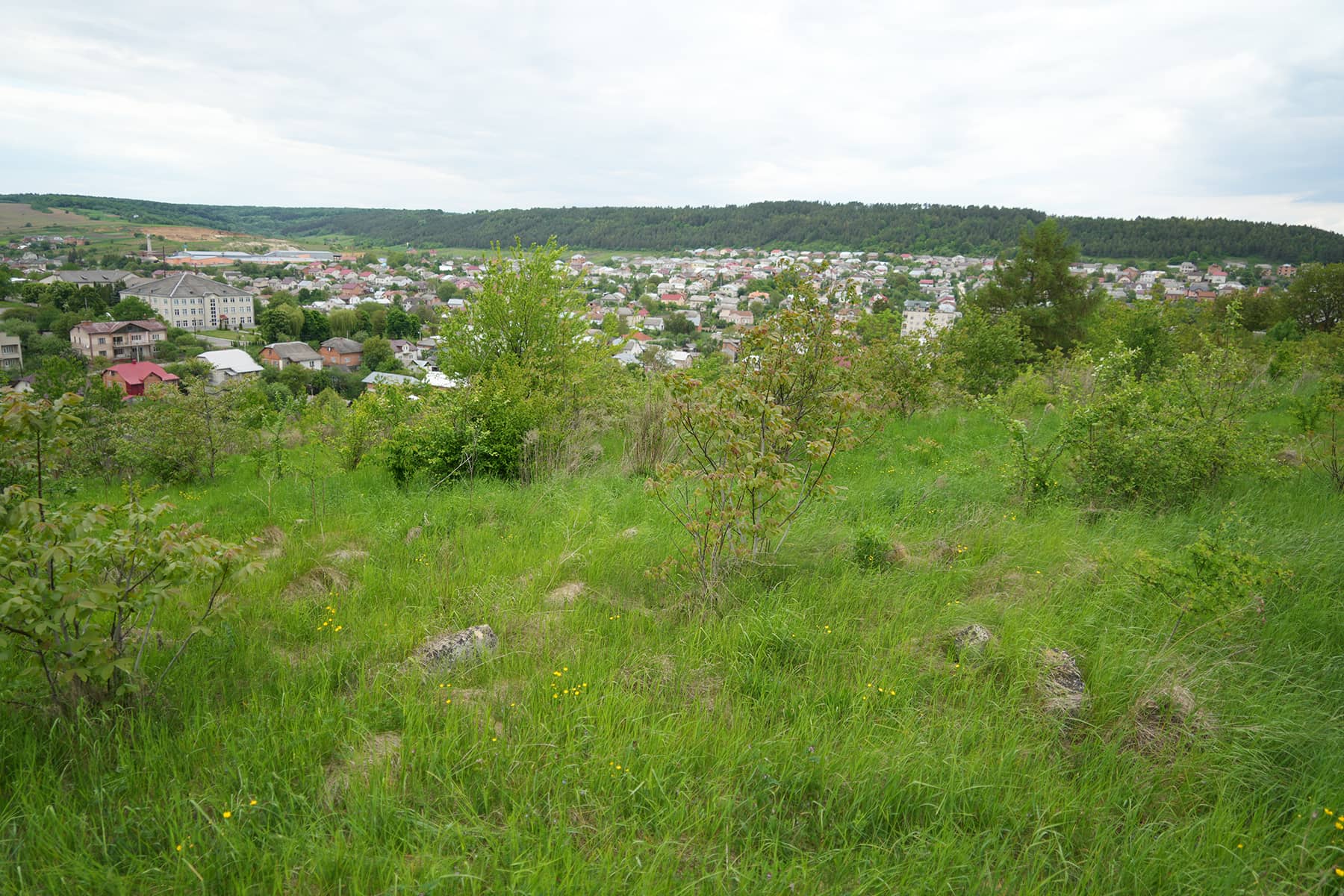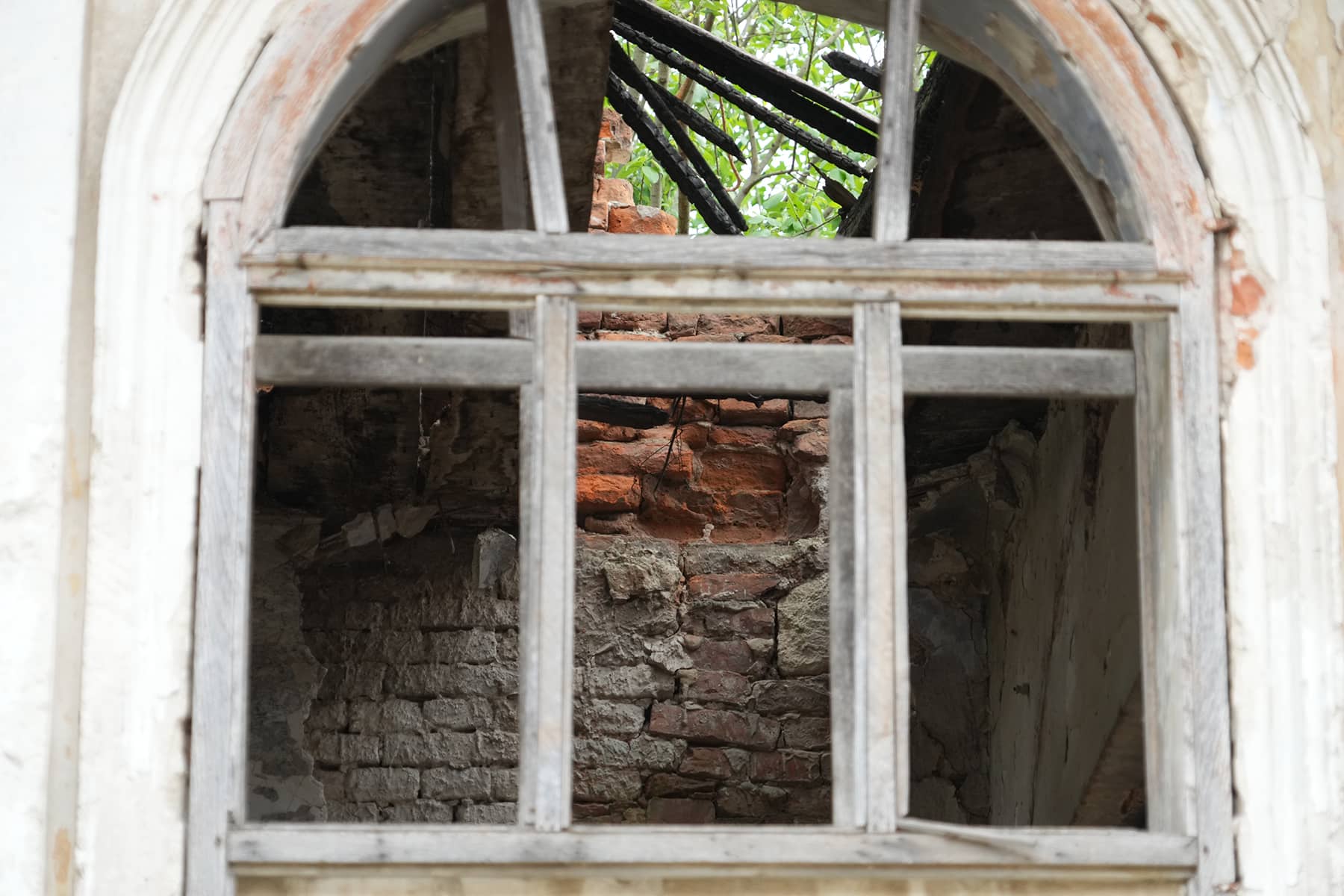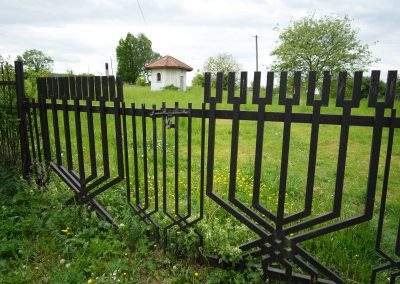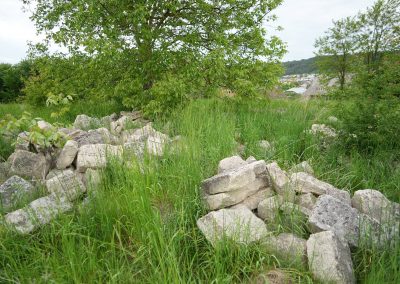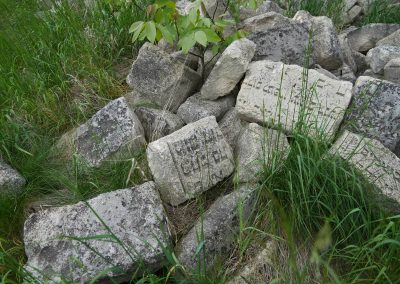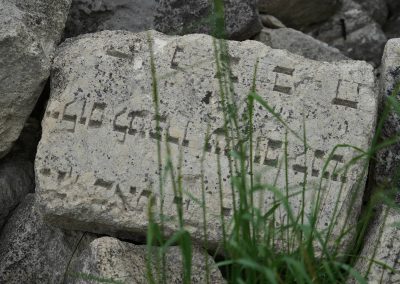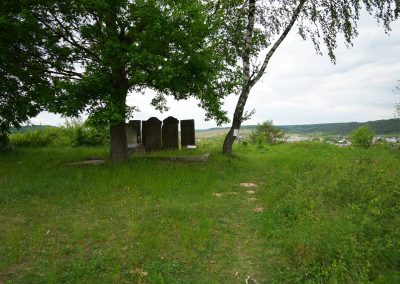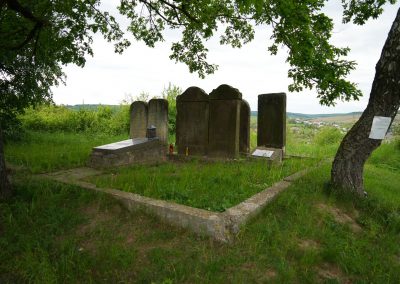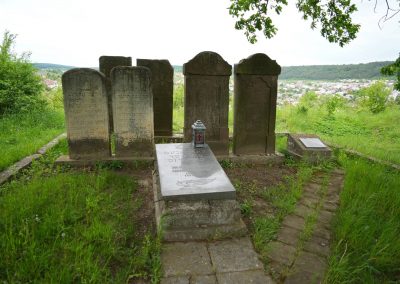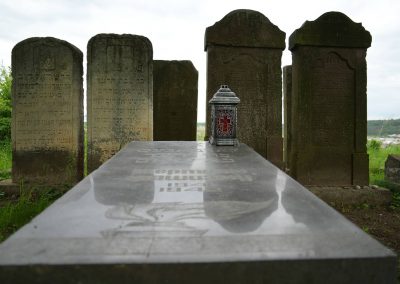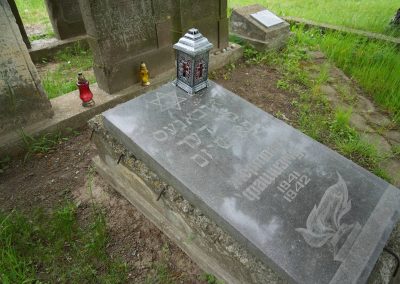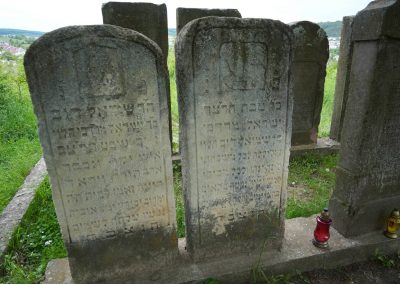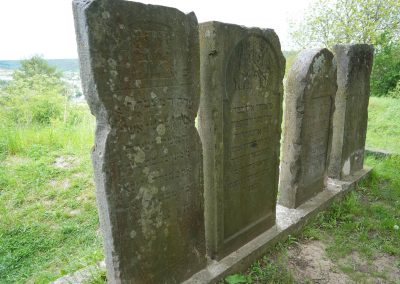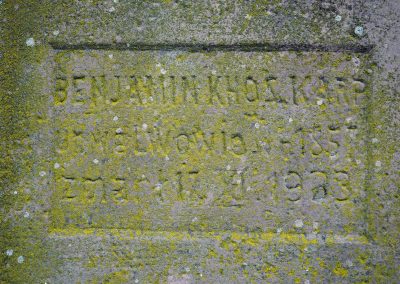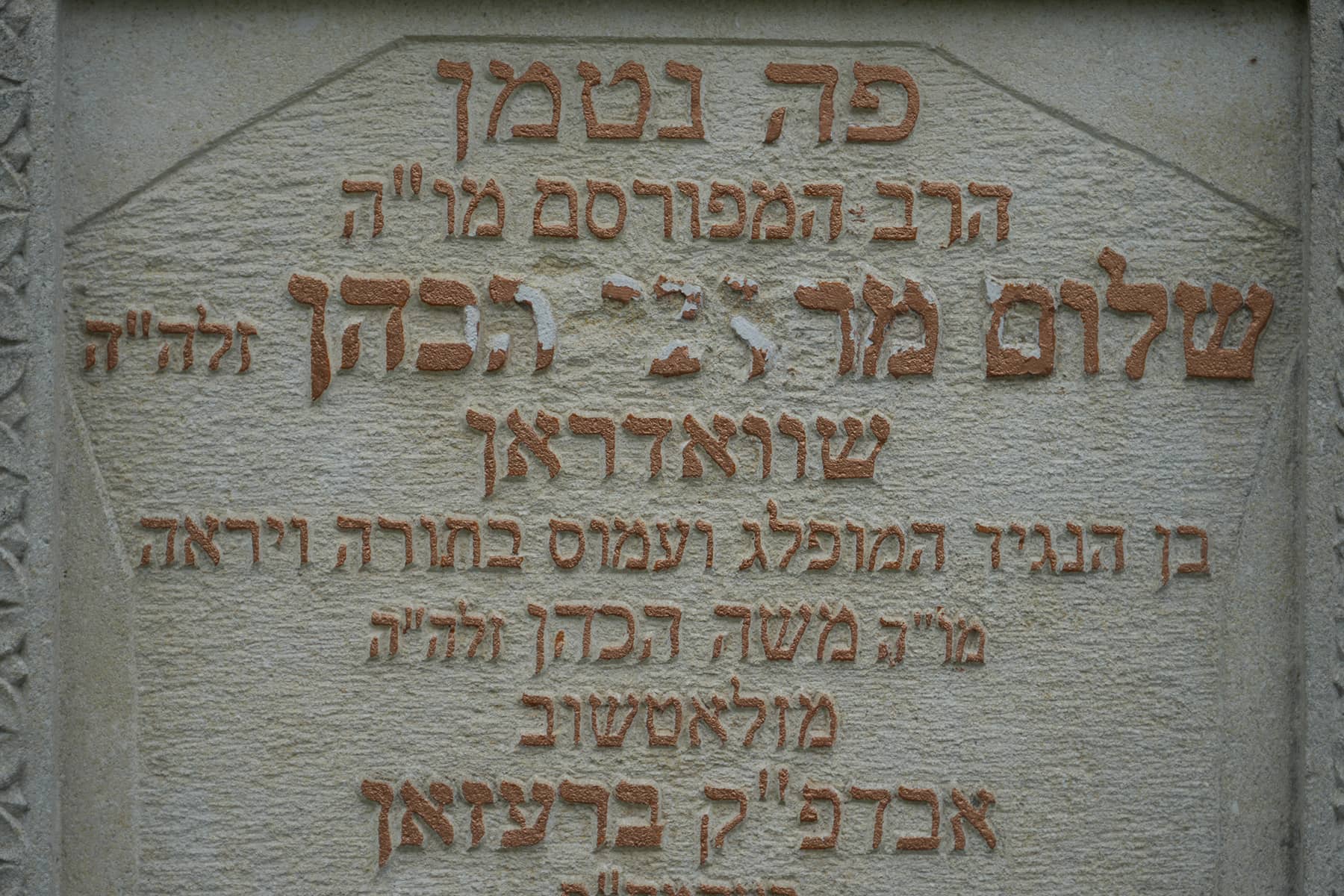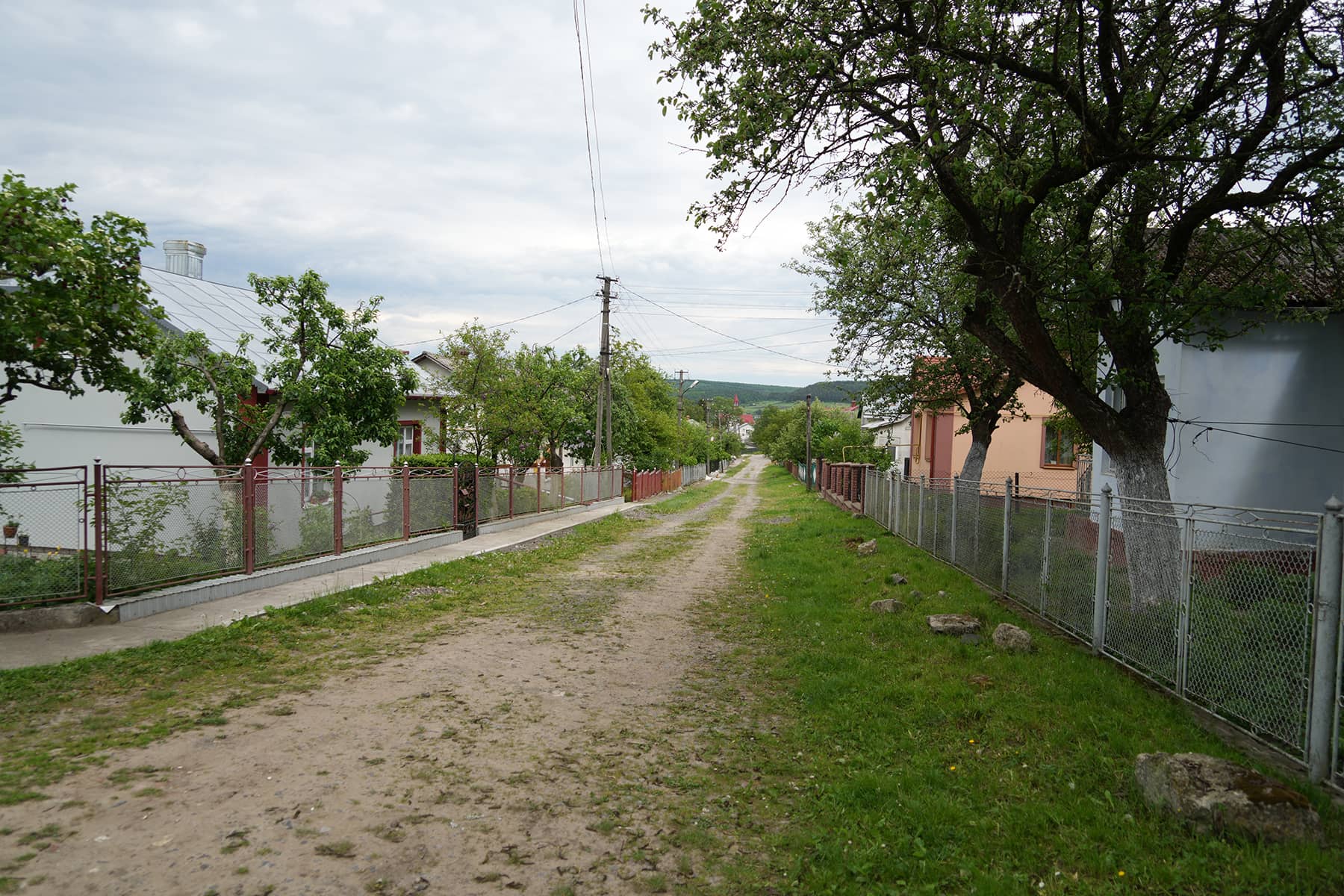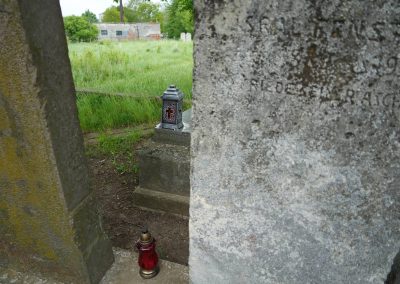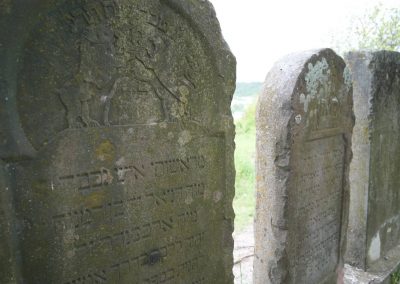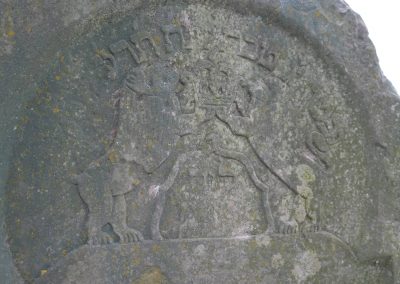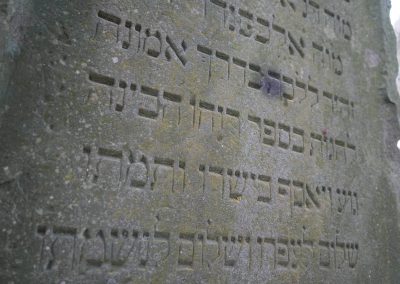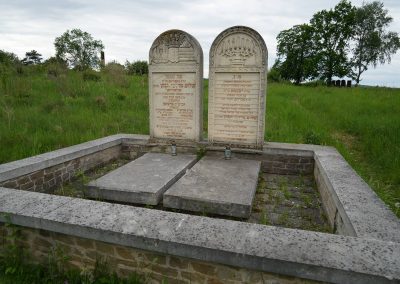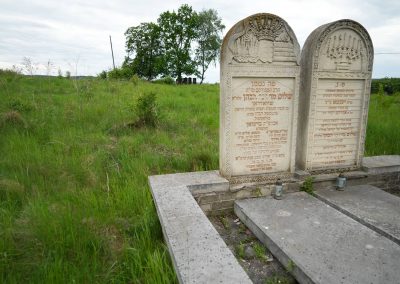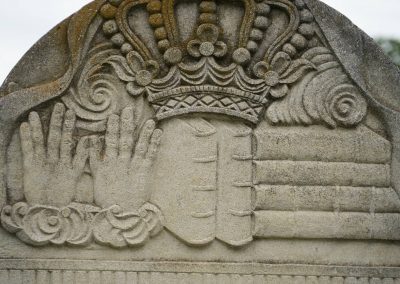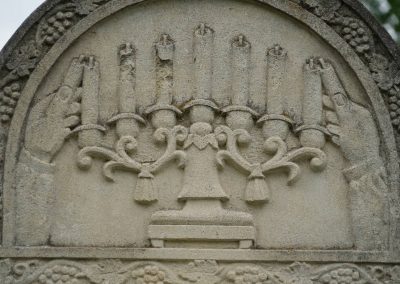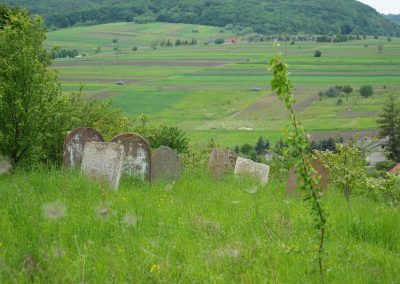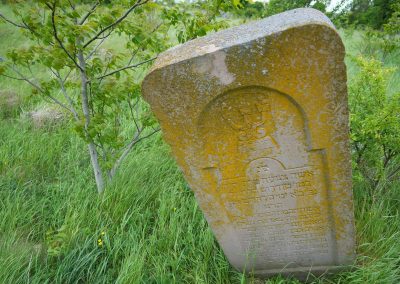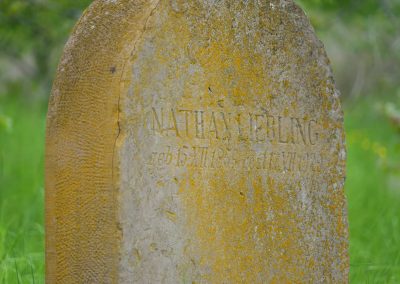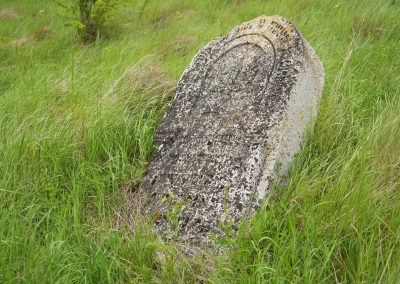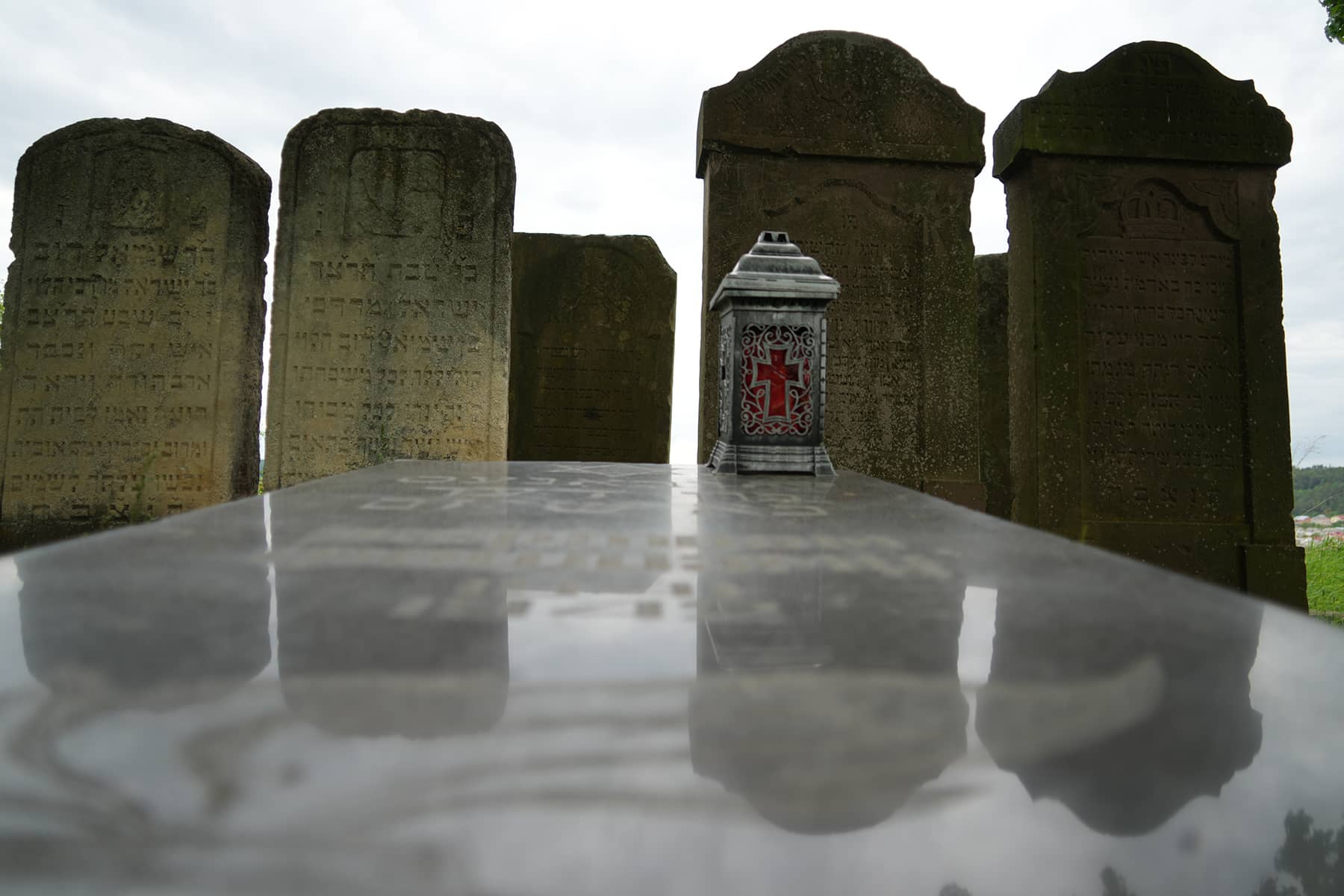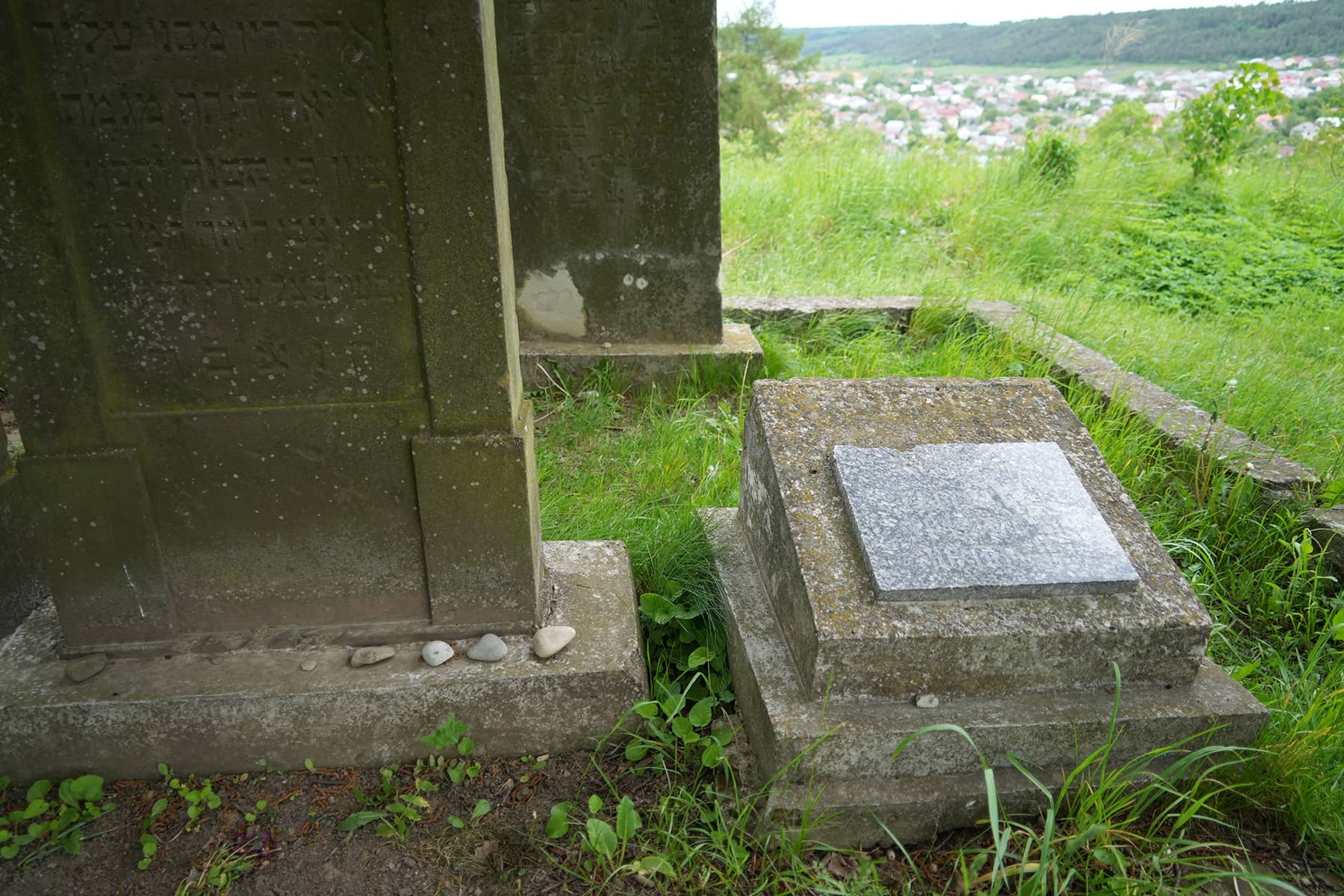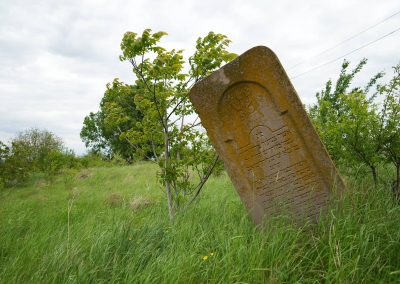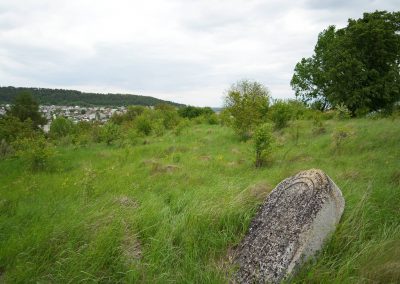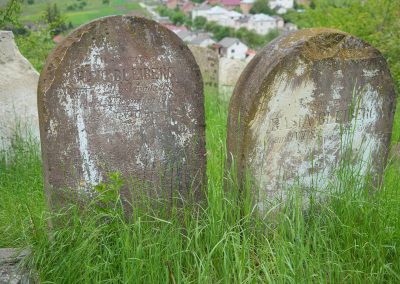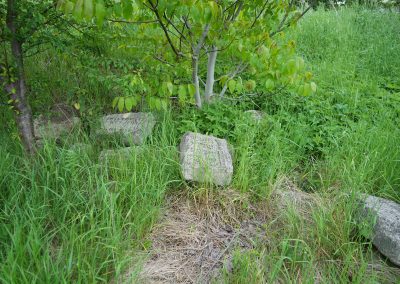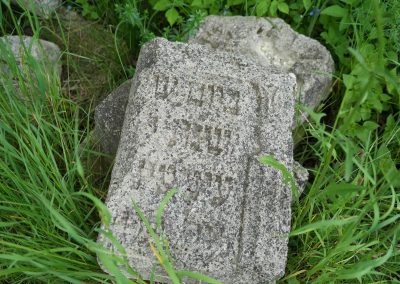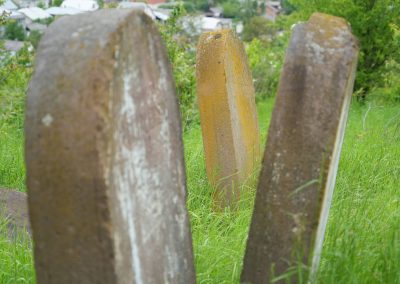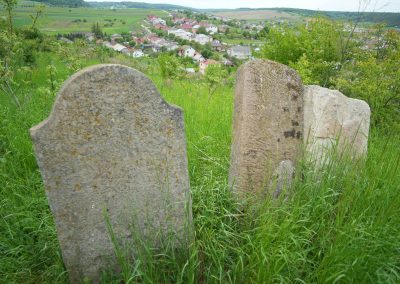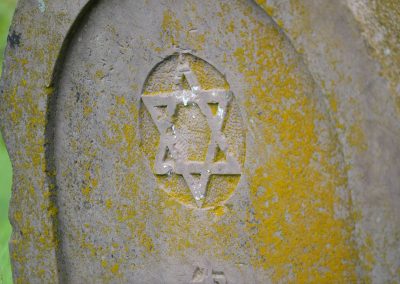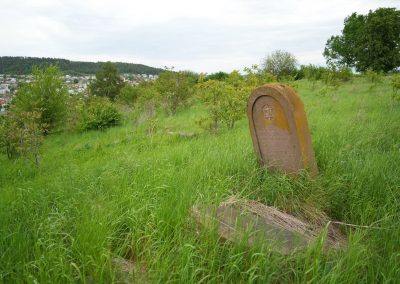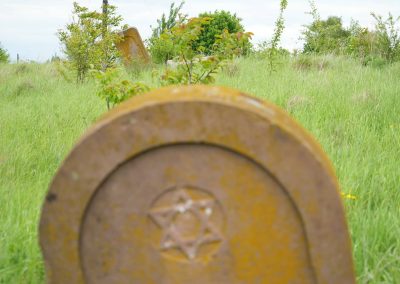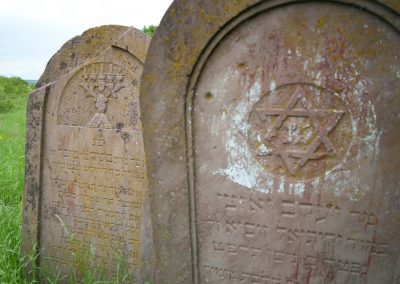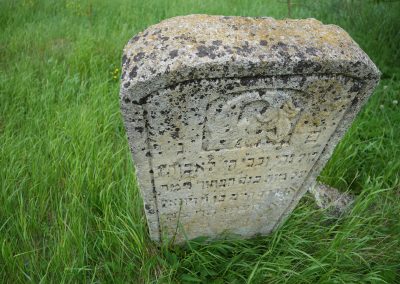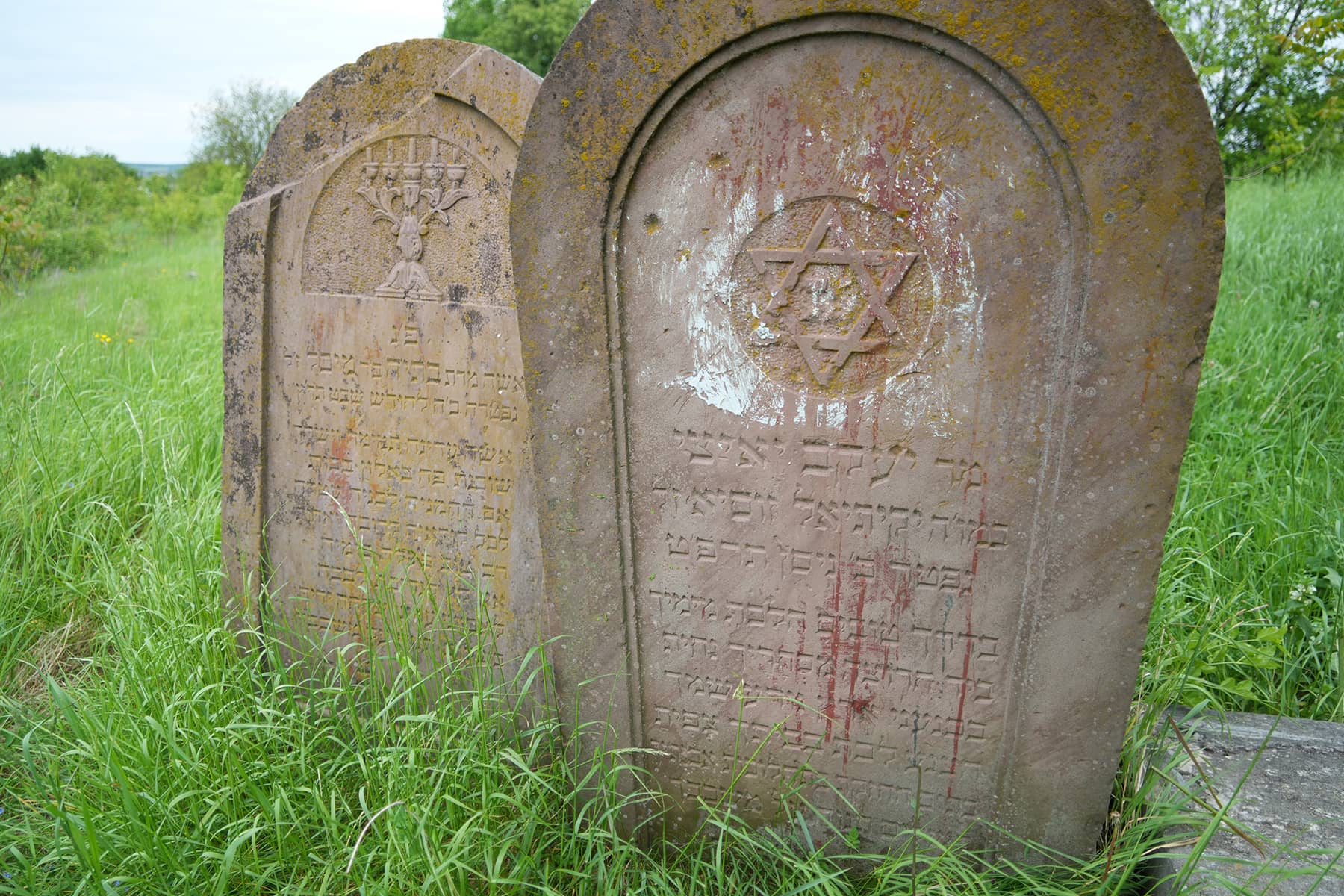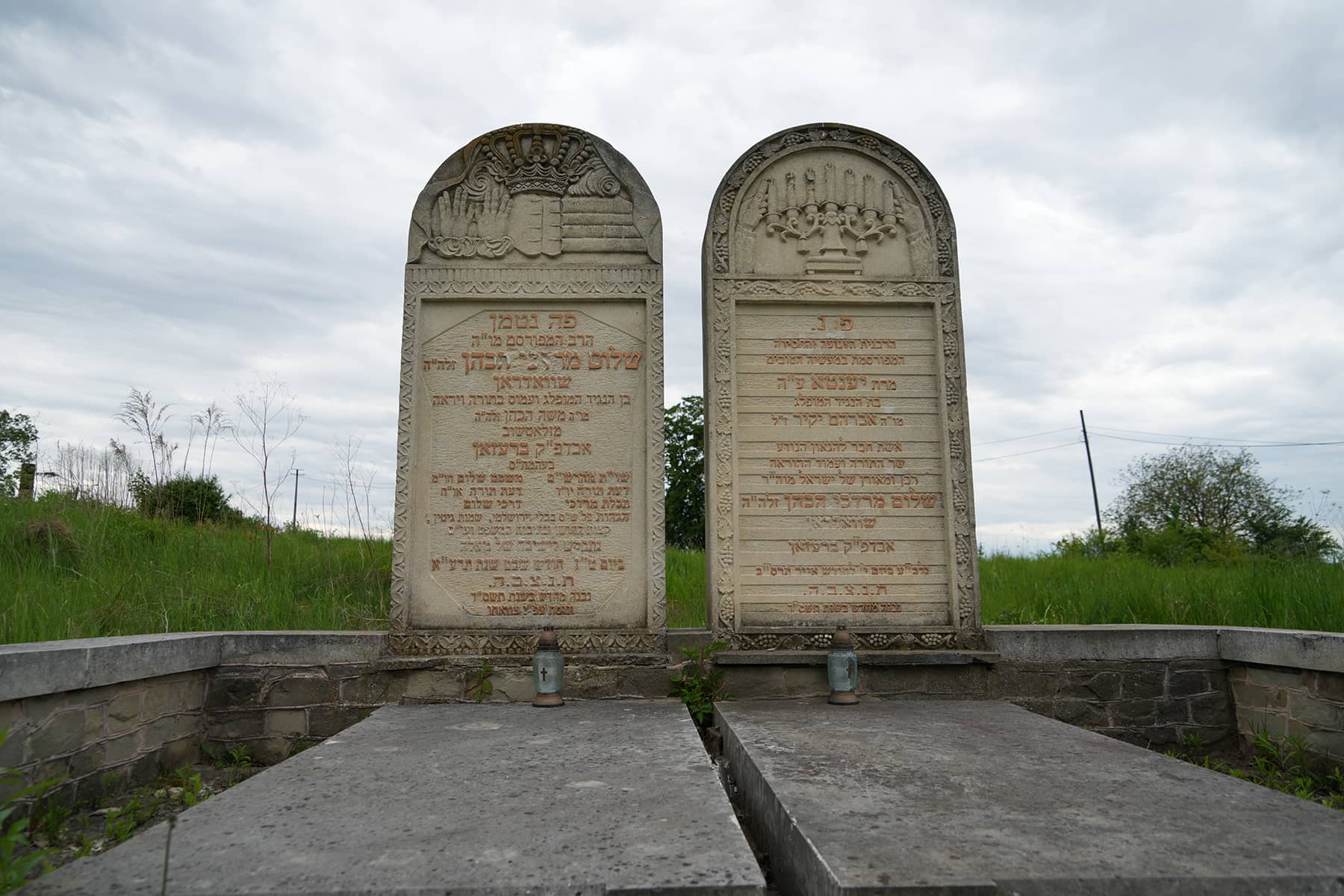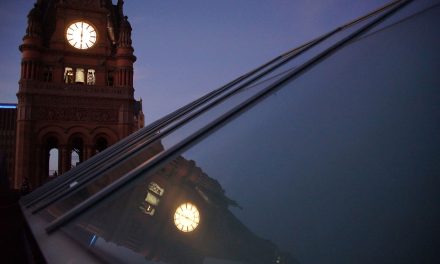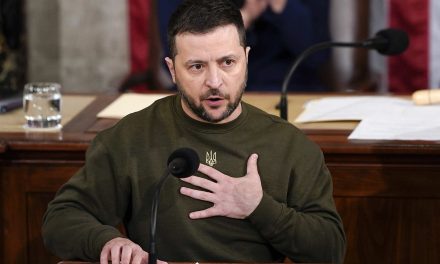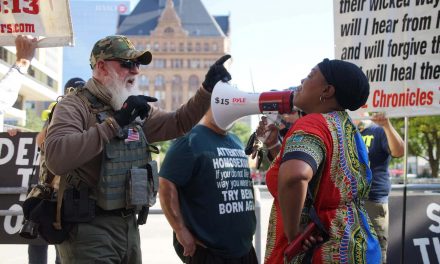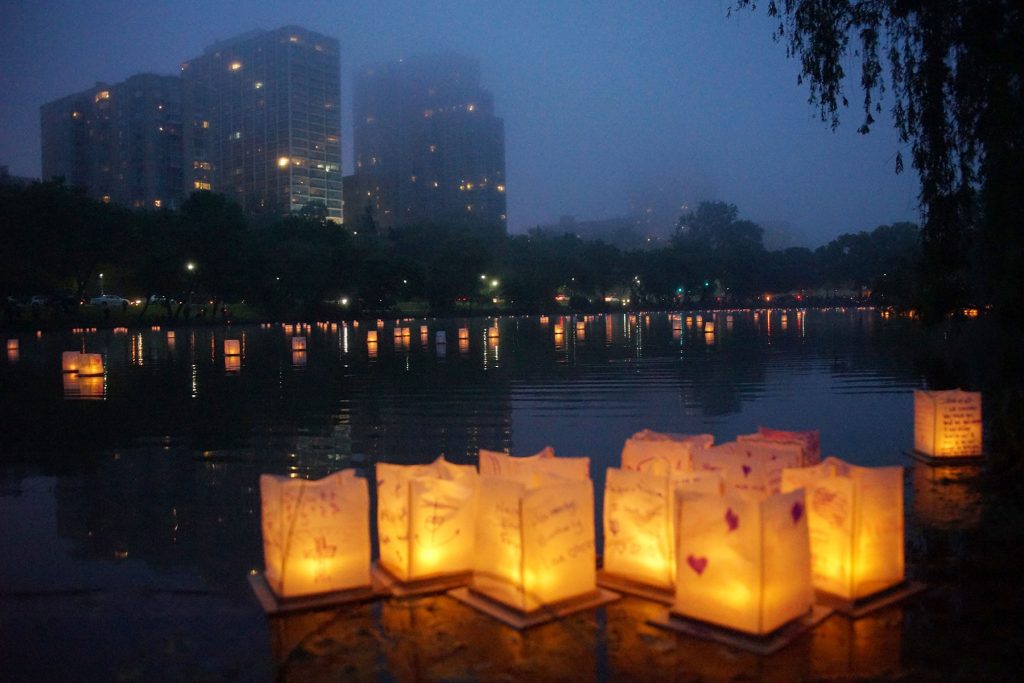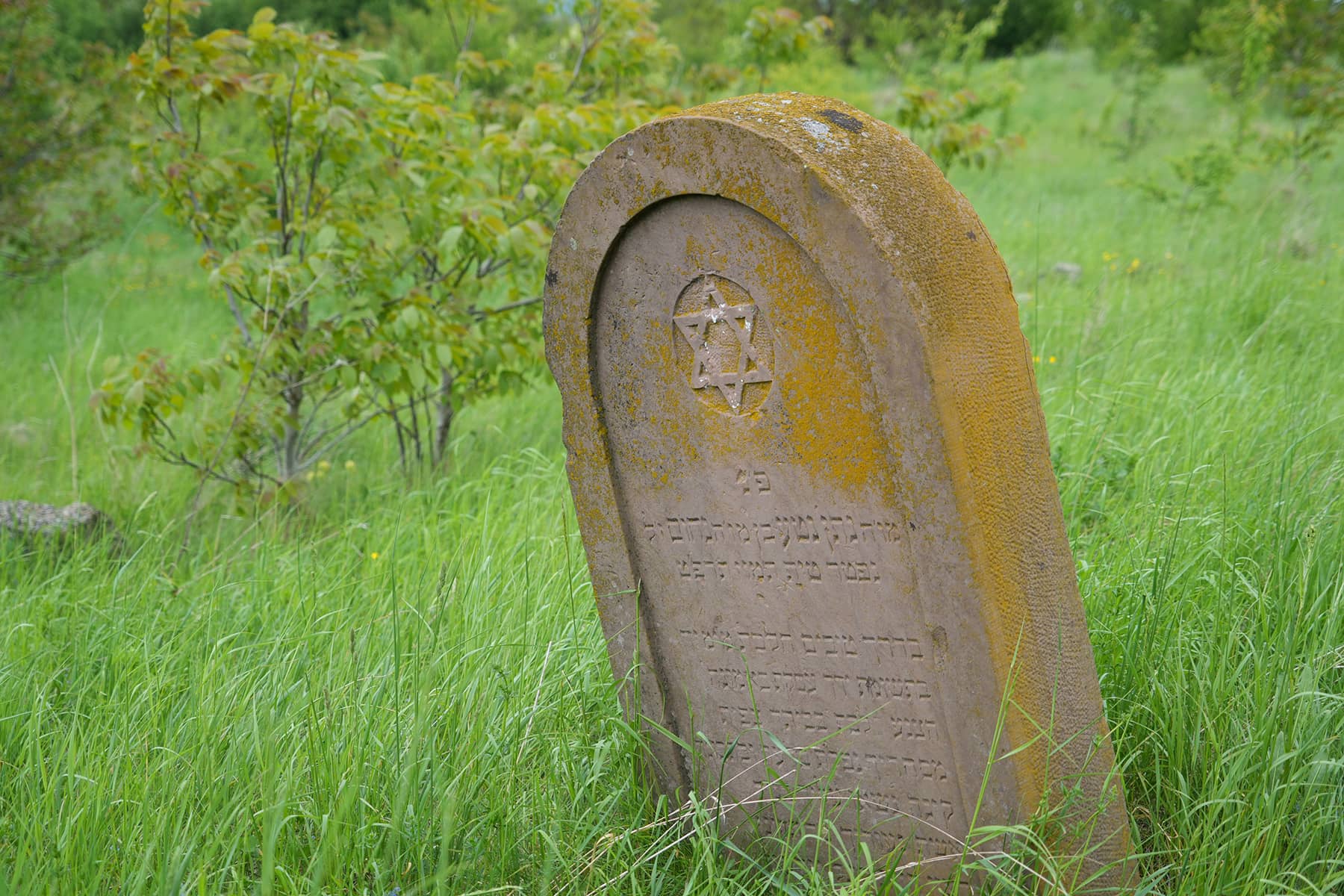
Even though I have forgotten more about history than most people ever learn, there remains so much I do not know. And there is not always the time to even study the things that interest me. So being able to travel to Ukraine offered the opportunity of connecting to places outside of my experience. While just about all the knowledge there is exists on the internet, researching the small town of Berezhany in Ternopil Oblast had not been at the top of my priority list. That was until I visited there, and I learned of the terrible slaughter of the once vibrant Jewish population.
The town of Berezhany has an ancient history, being ruled or attacked by the Ottoman Empire, the Kingdom of Poland, the Austro-Hungarian Empire, Pre- and Post-Soviet Russia, and Nazi Germany. For context, the region was part of Poland in the 1930s, annexed by the Soviet Union in 1945, and has been a part of Ukraine since 1991. So there are residents of Berezhany with a living memory of their town belonging to three different nations.
Jews had lived in Brzeżany since the sixteenth century, making up the second-largest ethnic group in the town after the Poles. Berezhany is located between Lviv and Ternopil, the two cities that were my entry and exit points in Ukraine.
The original plans for Ukraine involved spending a day in the city of Kraków, which required an arduous bus ride to cross the Polish border. Because the Russian invasion had shutdown Ukrainian airspace, and Belarus could potentially join the war at any time, Poland was the nearest nation with an airport. From there all travel was by land.
Kraków has a rich history, and dark legacy. I wanted to visit the Kraków-Płaszów Concentration Camp, a place I had been told about since a small child. I knew that we lost family in the Holocaust, but not where. Growing up, the names of Nazi concentration camps seemed to always be a part of the adult conversation around me. So this trip was my best chance to set foot on that historic site.
But with the logistics of travel, such an excursion would have added one brick too much to my load. So I made the most of my time in Berezhany, and it came with an unexpected discovery. I was told that the town had an old Jewish cemetery, but I did not understand the context or historical significance until I visited the grounds.
It was said that the cemetery was as old as Berezhany itself, a testimony to the history of the community from its foundation. The first Jewish settlers bought a piece of land and sanctified it for a cemetery.
During the Great War, the cemetery was destroyed. For months, the front lines between the Austrian and Russian armies were inside Berezhany. From its high vantage point, the cemetery offered the Austrians a strong defensive position. They dug trenches among the graves, and headstones were shattered by artillery.
In the years between the World Wars, the local Jewish community repaired the cemetery, cleaning and fixing its damage. But during Soviet rule from 1939 to 1941, all the activities of the Jewish community were forbidden.
Nazi soldiers occupied the town in 1941, and within a year the Gestapo began to liquidate the ghetto in Berezhany. It is estimated that up to 2,000 Jews were shot at the cemetery between 1942 and 1943. A local resident told me what had been common knowledge in the community and passed down over the years.
The cemetery had been built at one of the tallest points in the area at the end of M. Bezdilnoho Street. It overlooked the town of Berezhany from the Okopysko Hill.
Local residents during the war years said that the Germans executed so many people, particularly during a three-day period before Passover in 1943, that blood flowed like a waterfall down the hill from so many dead.
I only realized that I was standing in the killing fields while I was standing in the killing fields. It made leaving a somber and more slow process.
One other discovery of interest was to visit the heart of what had been the Jewish community in Berezhany. The Great Synagogue of Berezhany was an Ashkenazi synagogue completed in 1718, but rebuilt around 1900. The brick building was constructed in the Baroque Survival style, and was a central location for the life of the local Jewish community.
It was destroyed during the Great War, and under Soviet Occupation in 1939 used as a shelter for refugees. It later became a gain store-house, and continued in that purpose by the Nazi forces and later the Red Army. It has remained abandoned and in ruin over the decades since.
© PHOTO NOTE: All the original editorial images published here have been posted to the Facebook page of Milwaukee Independent. That collection of photos contains the MI copyright and watermark for attribution, and may be used for private social media sharing. Do not download and share images directly from this page. mkeind.com/facebook
Series: Reports from Ukraine
- Reports from Ukraine: Traveling from Milwaukee to a country at war just to take a vacation from America
- Images from Ukraine: Latino artist travels to Irpin to paint mural inspired by "Echoes of Guernica"
- Images from Ukraine: Irpin residents welcome reissue of Russian Warship Stamp as latest sign of victory
- Stories from Ukraine: Wandering in the ruins of a shattered life after surviving Russia's invasion
- Images from Ukraine: Similar to the Alamo, martyred cities bought precious time to save a nation
- Stories from Ukraine: Tent camp offers shelter for displaced residents until Irpin can rebuild lost homes
- Images from Ukraine: Graveyards of Russian war machines show the scale of Putin's failure to seize Kyiv
- Images from Ukraine: Following the invasion convoy's 40-mile route and exploring an abandoned base
- Stories from Ukraine: Illegal weapons and proof of Russian War Crimes easily seen along streets of Irpin
- Images from Ukraine: How Irpin’s cemetery processed the staggering massacre of its local citizens
- Stories from Ukraine: Healing remains slow as Borodyanka residents recover from occupation
- Images from Ukraine: The deep scars of war remain visibly etched across the landscape of Borodyanka
- Interview with Oleksandr Markushin: Mayor of Irpin and the hero of a Hero City
- A Meeting of Sister Cities: Former and current Mayors of Irpin ask Milwaukee's business community for help
- Stories from Ukraine: Having a shared purpose helped Irpin's leaders protect the city and stop the invaders
- Stories from Ukraine: How Milwaukee helped a bakery feed hungry survivors in Bucha with fresh bread
- Stories from Ukraine: Bucha resident recalls how Russians turned neighborhood into a street of death
- Stories from Ukraine: How a mass grave of executions overshadowed accountability from Bucha’s leadership
- Images from Ukraine: Putin’s attack on Babyn Yar is a painful reminder of the broken vow of “Never Again”
- Images from Ukraine: An unexpected encounter with Jewish history and the bloody legacy of persecution
- Images from Ukraine: Listening to timeless voices of ethnic heritage etched in stone at Lychakiv Cemetery
- Images from Ukraine: The experience of attending a military funeral in Kyiv while children died in Uvalde
- Images from Ukraine: Stepping out of the fog of war to see the beauty of faith in ancient places of worship
- Images from Ukraine: The cities of Kyiv and Lviv were divided by history but remain united in identity
- Stories from Ukraine: Anya Nakonechna shares why the Lviv Opera is a symbol of her nation’s culture
- Images from Ukraine: A folk village where visitors can experience the life of past generations
- Images from Ukraine: Signs of renewal sprout from under Irpin’s rubble as city looks to the future
Lее Mаtz
Lее Mаtz
Milwaukee Independent editorial team for this special series: (UKRAINE) Lee Matz, photojournalist; Oleh Pinta, translator / reporter; Yaroslav Zdyrko, security / videographer; (MILWAUKEE) Halyna Salapata, logistics / translations.
Milwaukee Independent has reported on the situation in Ukraine since it was invaded on February 24. Coverage originally began with reactions and rallies from the local Ukrainian American community, and relationships with Milwaukee’s sister city of Irpin. Through partnerships and good journalism, sources were developed that enabled Milwaukee Independent to publish developments about the unprovoked war in realtime. In late May, a team from Milwaukee Independent spent nearly two weeks on the ground in Ukraine. The award-winning daily news magazine was the first and, at the time, only media organization to send staff into the country since the war began.
Reports from Ukraine: An extensive news series by Milwaukee Independent from a country at war

